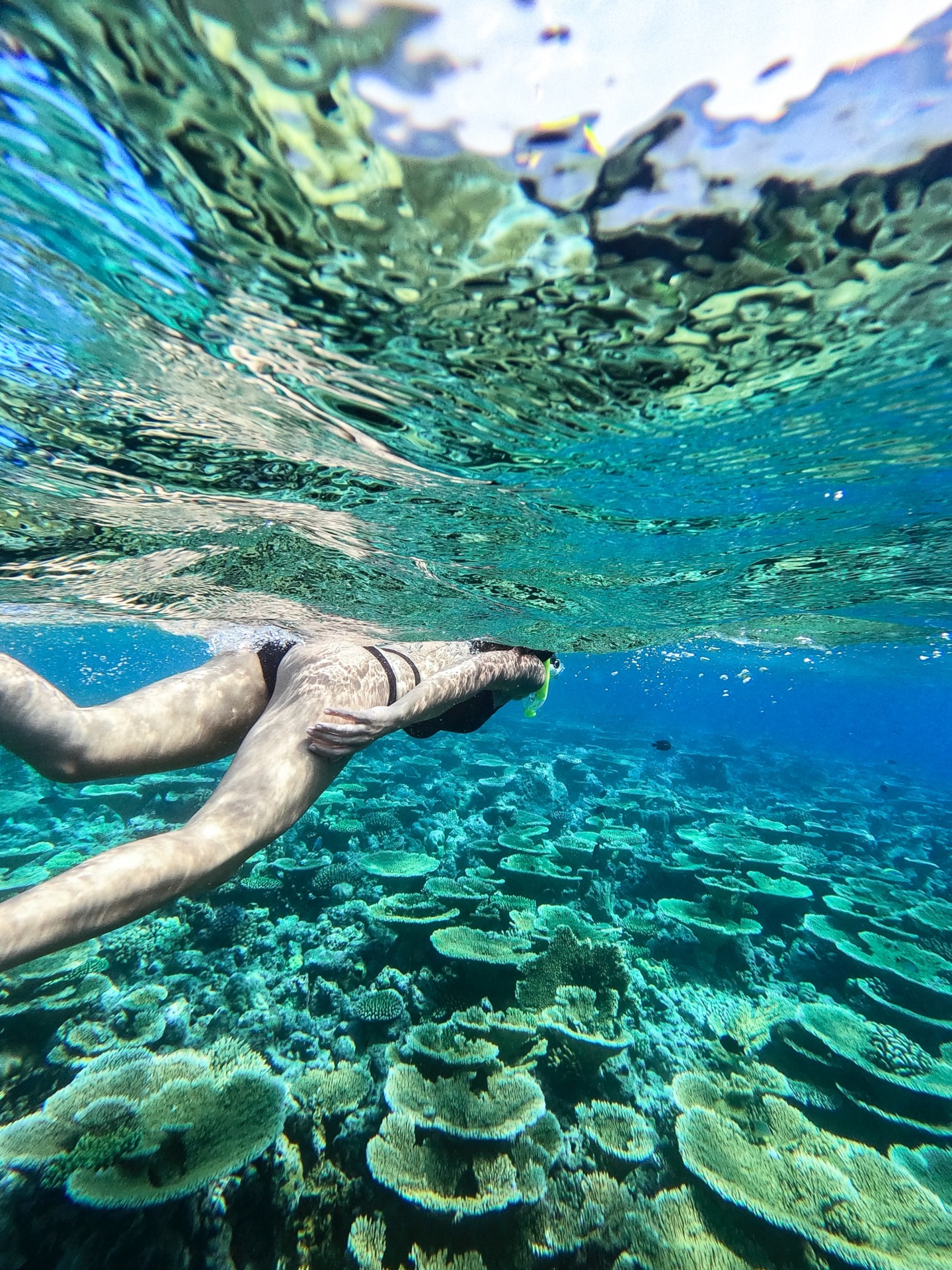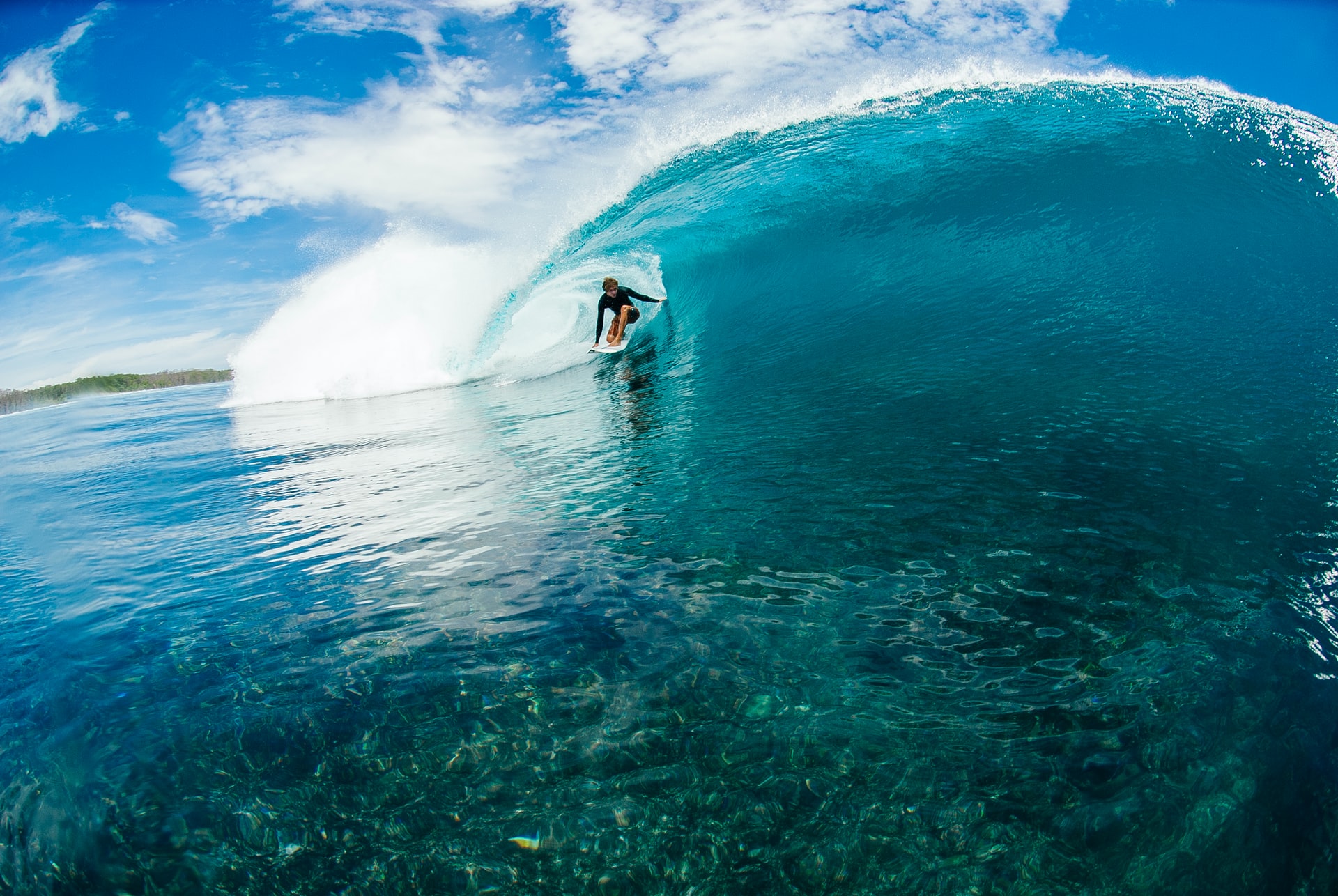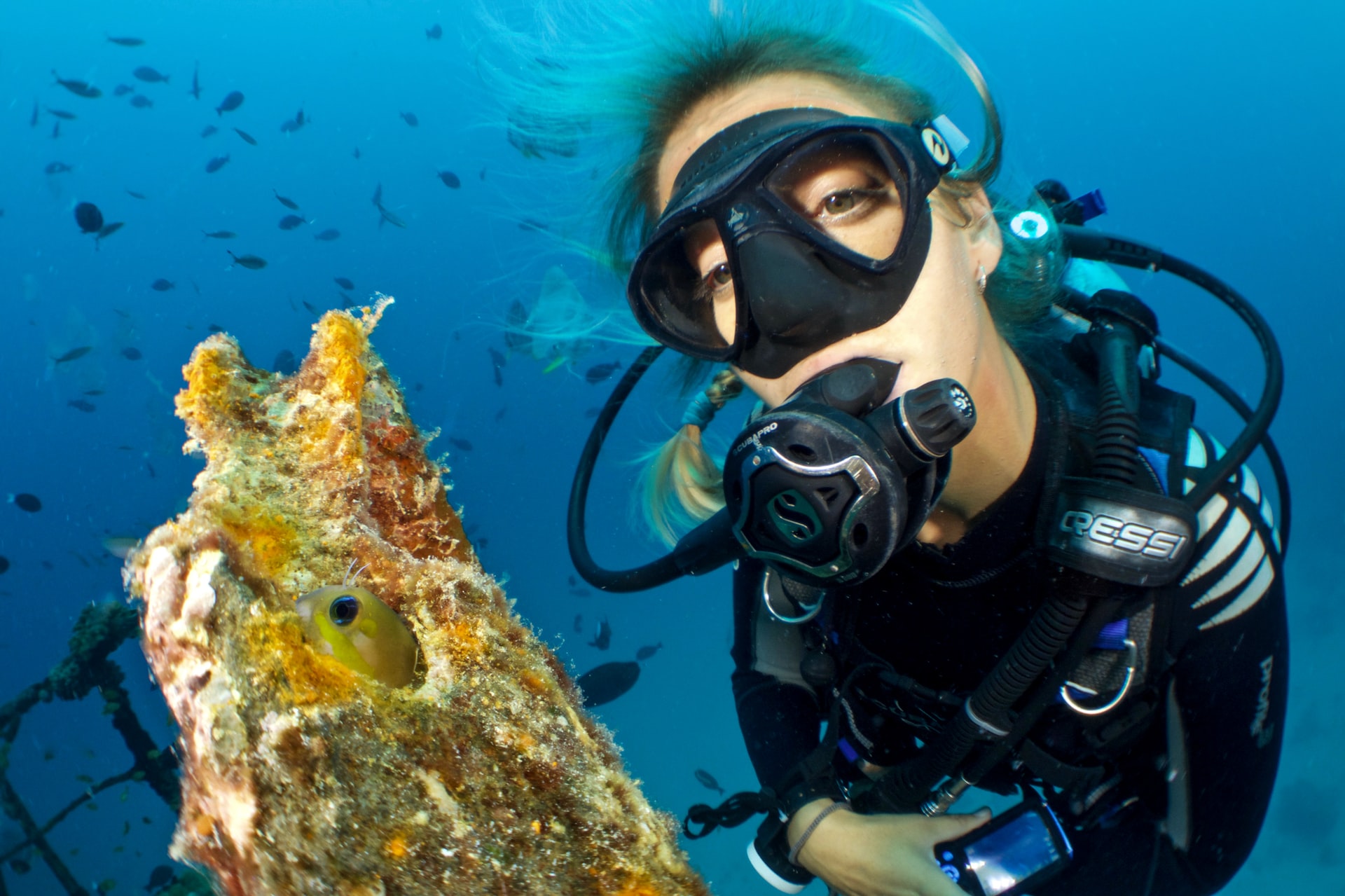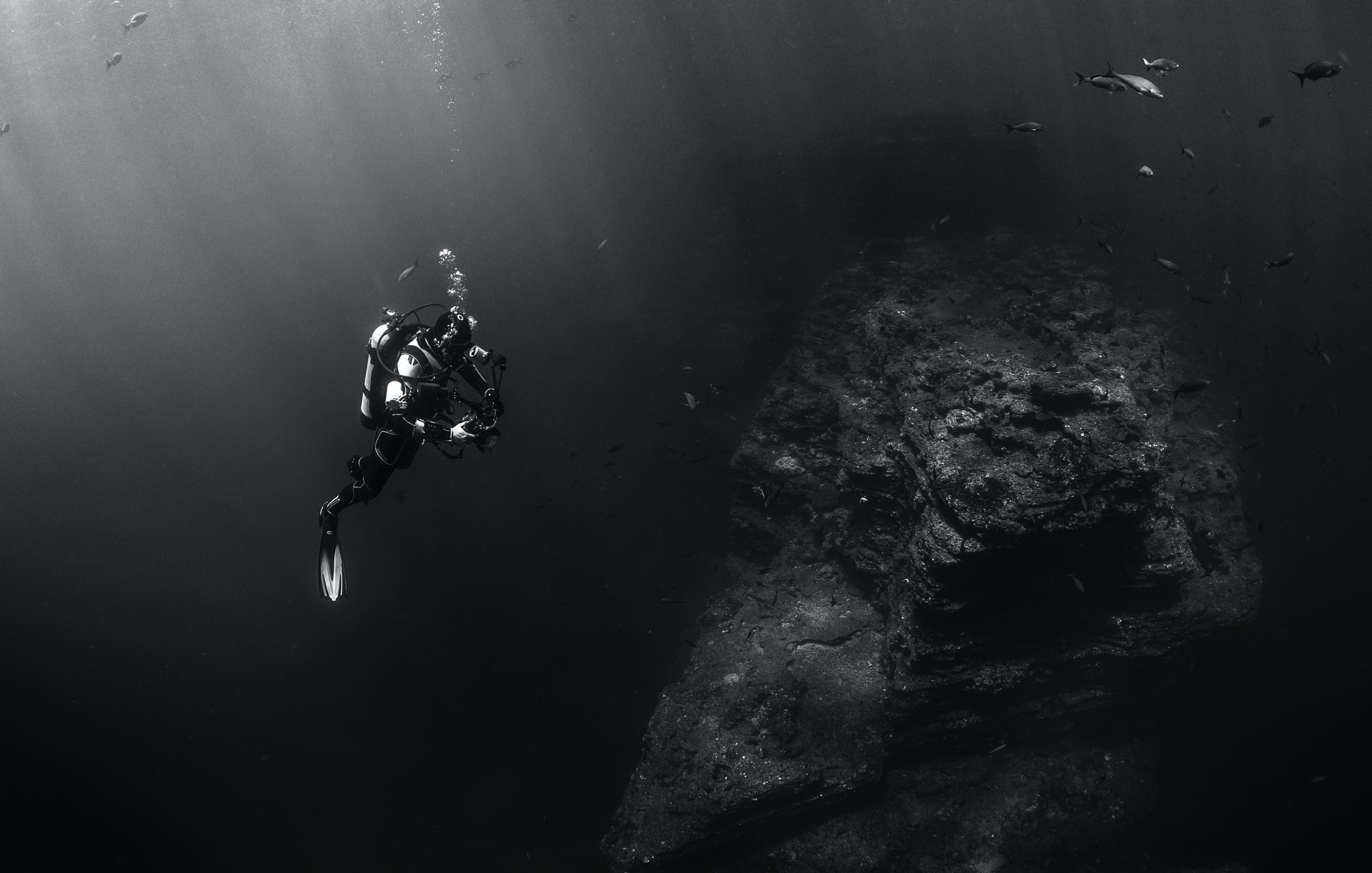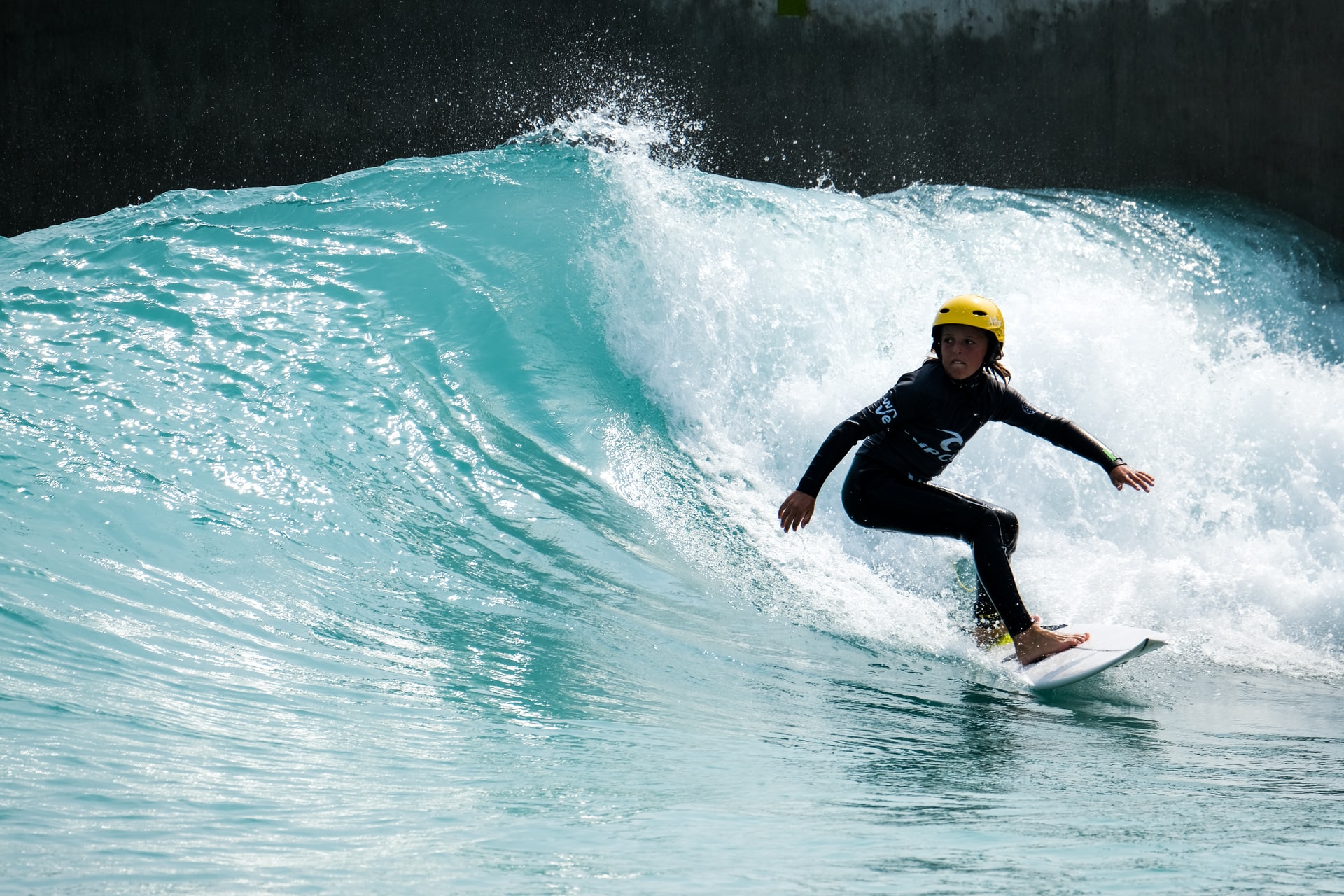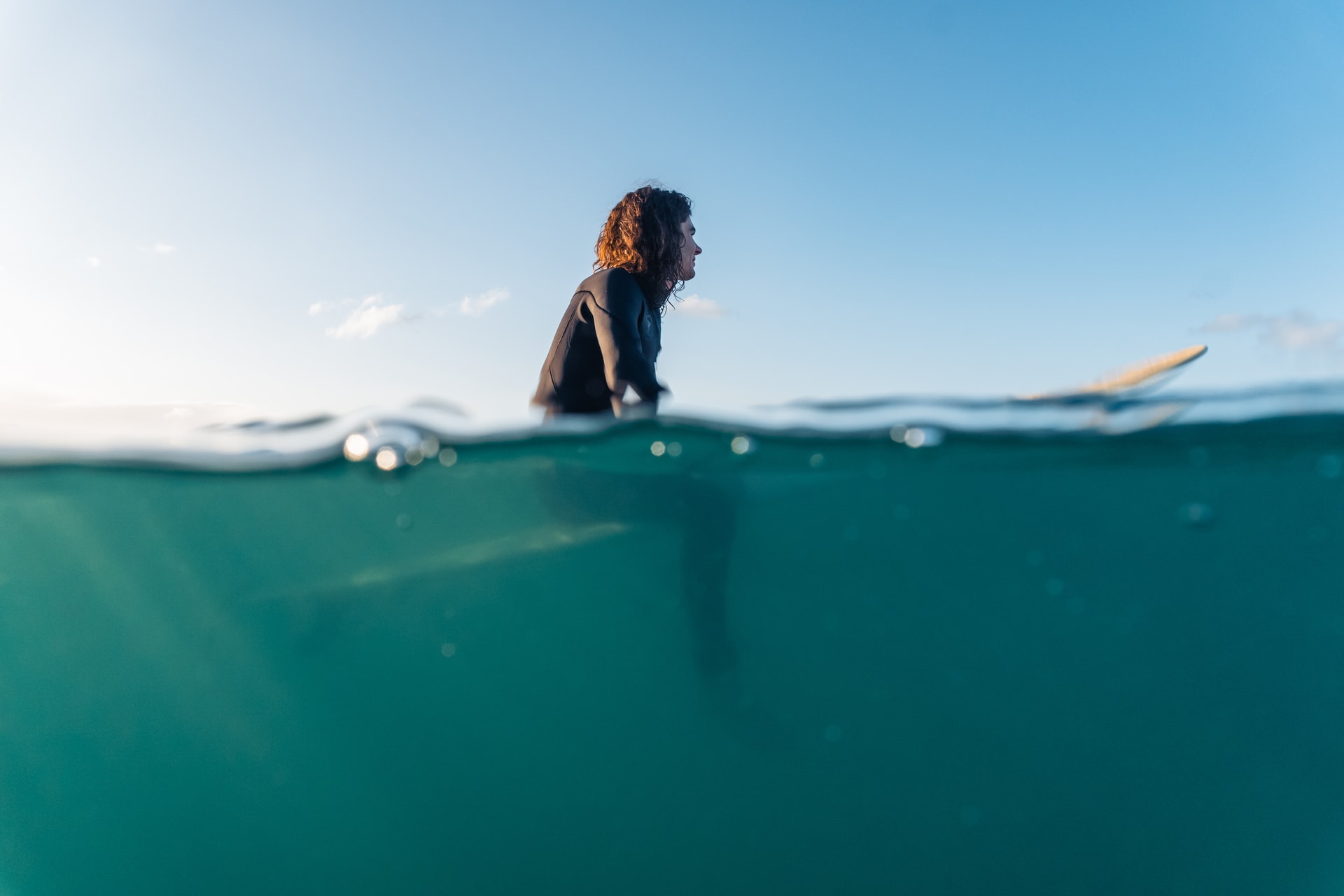On the face of it, snorkeling serenely over a reef looks like the most gentle of activities and indeed not one that would cause any impact to the delicate coral below.
By themselves, a skilled, careful, experienced, and responsible snorkeler isn’t going to have much of a negative effect.
However, we will see that snorkeling can have a damaging influence on coral reefs from accidents and carelessness by individuals and the actions and impacts of the broader industry around snorkeling.
Fortunately, there is a lot that engaged people can do to help reduce this, and interested snorkelers can play their part in monitoring and protecting the reefs and assist in their preservation.
- What’s the Impact of Snorkelers on Coral Reefs?
- 8 Ways How Snorkeling Can Damage Coral Reefs
- 2 Ways How Snorkeling Can Positively Impact Coral Reefs
- Can Snorkelers Actively Help Coral Reefs?
- How Can I Avoid Any Negative Impact on Coral Reefs as a Snorkeler?
- How Can I Tell if a Reef Is Healthy?
- Conclusion
- You Might Also Like…
Disclosure: this post contains affiliate links (clearly marked with ), which means we may earn a commission if you buy something through them, at no additional cost to you.
What’s the Impact of Snorkelers on Coral Reefs?
A coral reef is one of the most vibrant and fascinating underwater habitats that it’s possible to snorkel over.
In addition to the colorful coral itself, the reef is home to a multitude of fish species of all sizes, as well as other animals like sea turtles, that a snorkeler can enjoy from their position at the ocean’s surface.
Corals are not just beautiful to snorkel over but are the most valuable ecosystems on the planet.
Reefs provide nursery grounds for fishes and invertebrates to restock the ocean and act as a buffer to protect coastal areas from erosion.
Given that a person has gone to the trouble of getting into the water, possibly having traveled thousands of miles to do so, and overcome any fears that they might have had, it seems unlikely that anyone would begin with the deliberate intention of causing damage.
However, through lack of education, carelessness, irresponsibility, or accident, it is possible – and unfortunately common – for snorkelers to have some degree of negative impact on the reefs that they visit.
Additionally, particularly in popular tourist destinations, the large industry set up to serve visiting snorkelers can cause both passive and active damage in their pursuit of business.
The impact reefs suffer associated with snorkeling fall into two main areas: physical damage and environmental changes.
Coral reefs grow incredibly slowly, and so physical damage can take many years to recover if it, in fact, does at all.
Reefs are also very sensitive to changes, having evolved over millions of years in a stable ocean.
Any artificial adjustments to the reef environment can cause coral damage or death.
Unfortunately, as we will see, snorkeling can be responsible for both of these factors taking place.
8 Ways How Snorkeling Can Damage Coral Reefs
1. Physical Contact
Touching corals is the most direct way that snorkelers will damage the reef.
Even gentle hand contact can kill delicate coral polyps as the natural oils on your skin can negatively impact growth even if no physical damage is caused.
Dramatic damage and coral breakage is commonly caused by snorkelers wading in and out of the water over shallow shore areas or standing up on top of the reef.
Sadly, the damage caused in these areas can result in 100% of the corals being killed forever.
When in the water, any touching, kicking, or standing on the reef will result in significant destruction and reduction in coral coverage.
2. Sunscreen
Research has shown that chemicals commonly used in sunscreens and skincare products can significantly reduce coral’s ability to grow and reproduce.
When snorkelers enter the water covered in conventional sunscreen, the chemicals are readily washed off and can be absorbed by the coral.
This problem is especially problematic in busy areas, where “slicks” of unhealthy sunscreen are often noticeable on the surface.
3. Taking Souvenirs
The breaking of coral to take a piece as a souvenir or even the removal of shells or other natural items can be detrimental to life on the reef.
4. Feeding Fish
Feeding fish can negatively cause a change in the fish’s natural behavior.
Artificially feeding reef fish may increase fish aggression towards snorkelers to the point of encouraging them to bite.
Fish that would typically be cleaning the reef of particles and algae will spend time searching for artificial food, which can cause corals to die.
5. Creating Sediment
Sediment created by snorkelers and swimmers stirring up the bottom can block coral polyps when it lands on the reef and restrict the coral’s ability to gain food.
6. Waste from Snorkel Boats and Pontoons
Without careful management, waste products from snorkel boats or pontoons can cause significant damage to the reef.
Garbage dumped accidentally or deliberately, cleaning products, oils, human waste, and toilet paper will all cause destruction, especially in enclosed areas like bays where water circulation might be limited.
7. Shadow on Reefs from Visiting Boats
When a boat visits a snorkeling area, it will cast a shadow over the reef blocking the sunlight that the corals need to grow.
Busy areas where multiple boats stay for extended periods will suffer reduced growth due to the restricted light that the reefs receive during the day.
8. Boat Anchors
Any time that a boat anchors on a reef, it will inevitably break corals.
Such damage can be very long-lasting, and in areas where significant numbers of boats visit, it can be highly noticeable and take years to recover.
2 Ways How Snorkeling Can Positively Impact Coral Reefs
1. Positive Experiences Create Interest and Awareness
Once someone has personally experienced nature, they are generally more inclined to get involved with environmental issues.
The more people, including snorkelers, see the beauty of reefs firsthand, the more likely they are to take an interest in their preservation.
2. Creates an Industry That Should Be Interested in Preservation
The economic benefits from snorkeling should mean that governments and other stakeholders are interested in preserving the environment for long-term, sustainable use.
Done correctly, snorkeling can be a low-impact, high-profit industry, and responsible parties should be interested in preserving the reef.
This can prevent more destructive, short-term practices like fishing or destroying reefs for souvenirs or cement production from taking place.
Can Snorkelers Actively Help Coral Reefs?
By acting responsibly and snorkeling with care, visitors can help prevent further damage from taking place.
Don’t be afraid to speak up if you see something that is wrong or someone behaving irresponsibly.
Often problems are caused by misunderstandings or lack of education.
For example, many people don’t realize that corals are living animals or understand that standing on them or touching them can kill them.
Snorkelers in areas with high levels of garbage in the water can take a mesh bag with them to carefully remove anything they come across.
Additionally, in many areas, agencies exist that actively monitor the state of the reef.
As a visitor, you can sign-up to collect general data during your snorkel trips that can feed into scientists’ projects.
How Can I Avoid Any Negative Impact on Coral Reefs as a Snorkeler?
Avoid Any Contact With the Reef
The most significant way to prevent negative impact as a snorkeler is to avoid any contact with the reef.
Often this means evaluating your abilities and only snorkeling in places that are accordingly appropriate
For example, if you are not a strong swimmer and frequently need to stand, you shouldn’t snorkel over areas where the reef is shallow.
Instead, wear a buoyancy aid and snorkel in slightly deeper water where if you need to stop and rest, you won’t be touching the bottom.
Always stay far enough away from corals so that you don’t accidentally touch them with your body, and remember that your fins are quite long and need to be taken into account.
Don’t Create Sediment
Particularly in areas with a shallow bottom, pay attention that you’re not stirring up the sand or silt with your fins and causing sediment to settle onto the reef.
Take Training if Needed
If you know you’re not the strongest or most skilled snorkeler, consider taking training before heading out onto the reef.
Enter and Exit the Water at Appropriate Places
When snorkeling from the shore, only use suitable entry and exit points where you will not damage the reef by walking on it.
In many locations, specific jetties are built over the reef so that you can enter in deeper water.
These facilities mean that widespread damage across a large area of the reef is prevented.
If you can’t swim out across a reef, rather than walking on it, consider going elsewhere to snorkel.
Consider the Suitability of the Conditions
Areas that have strong currents, waves, or swell may mean that you’re more likely to come into contact with the reef accidentally.
Consider the suitability of the conditions before entering the water, and remember that just because they are suitable one day doesn’t mean that they will be the next.
Look For Reef Safe Sunscreen or Wear Protective Clothing
Sunscreen is available that is labeled as “Reef Safe” and is preferable to that containing particularly damaging chemicals.
However, you should realize that all chemicals may cause some level of damage, and so the best way to be sure to help the reef is to wear clothing that will protect you from sunburn while not causing damage to corals.
Don’t Feed Fish
Don’t ever feed or disturb the animals that live amongst the reefs or do anything to impact their normal behavior.
Use a Responsible Operator and Report Poor Practices
Research in advance of a trip to learn about a snorkel operator’s environmental credentials.
In many parts of the world, there are certification schemes that demonstrate responsible business practices.
Make sure that boats use mooring buoys rather than anchors or tying on to the reef itself.
Don’t be afraid to ask questions if you see something that appears wrong, and if necessary, report violations to the authorities.
How Can I Tell if a Reef Is Healthy?
- A healthy coral will be a vibrant environment pulsing with activity.
- The coral cover will be strong without significant bare or worn patches.
- Corals will not show bleached white colors from climatic changes, pollution, or other unfavorable ocean conditions.
- There will be a wide variety of many different coral species growing.
- Where there are patches without coral growth, there won’t be much algae cover, which can signify high pollution levels or overfishing.
- Fish will not show undue attention to snorkelers.
- You’ll see large numbers of herbivorous fish like Parrotfish and Surgeonfish that help keep the algae in check.
Conclusion
Snorkeling can be a hugely beneficial activity for its participants and the coral reefs themselves.
However, it is very easy for uninformed or careless snorkelers and associated businesses to cause lasting damage.
By taking individual care and encouraging education and responsible actions in others, snorkeling on a sustainable basis can be enjoyed without significant adverse effects on the reef.
You Might Also Like…
-
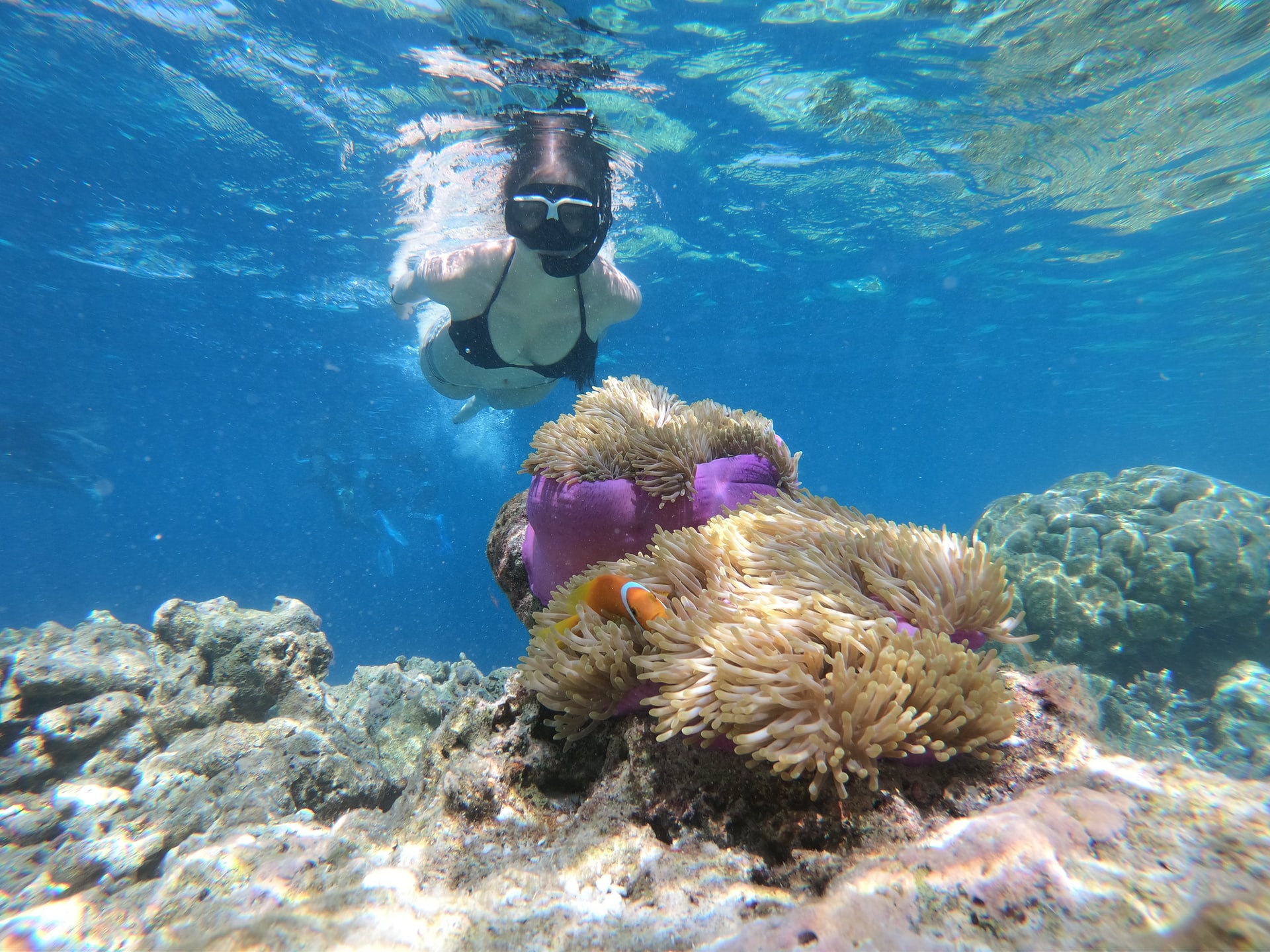
Can You Drown Snorkeling? 11 Common Reasons (+Helpful Tips)
-
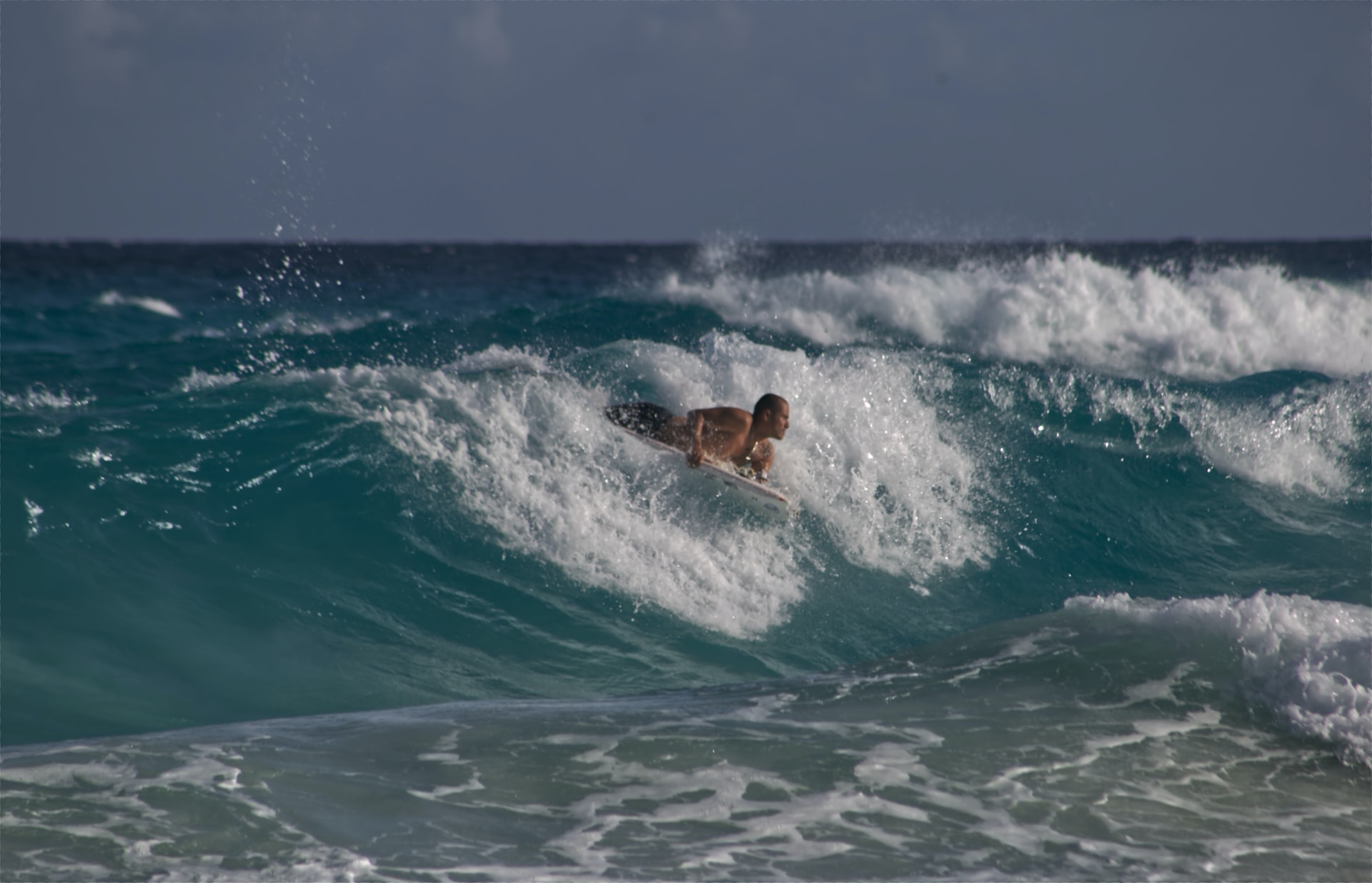
Can I Use Snorkeling Fins for Bodyboarding? Pros & Cons (+6 Tips)
-
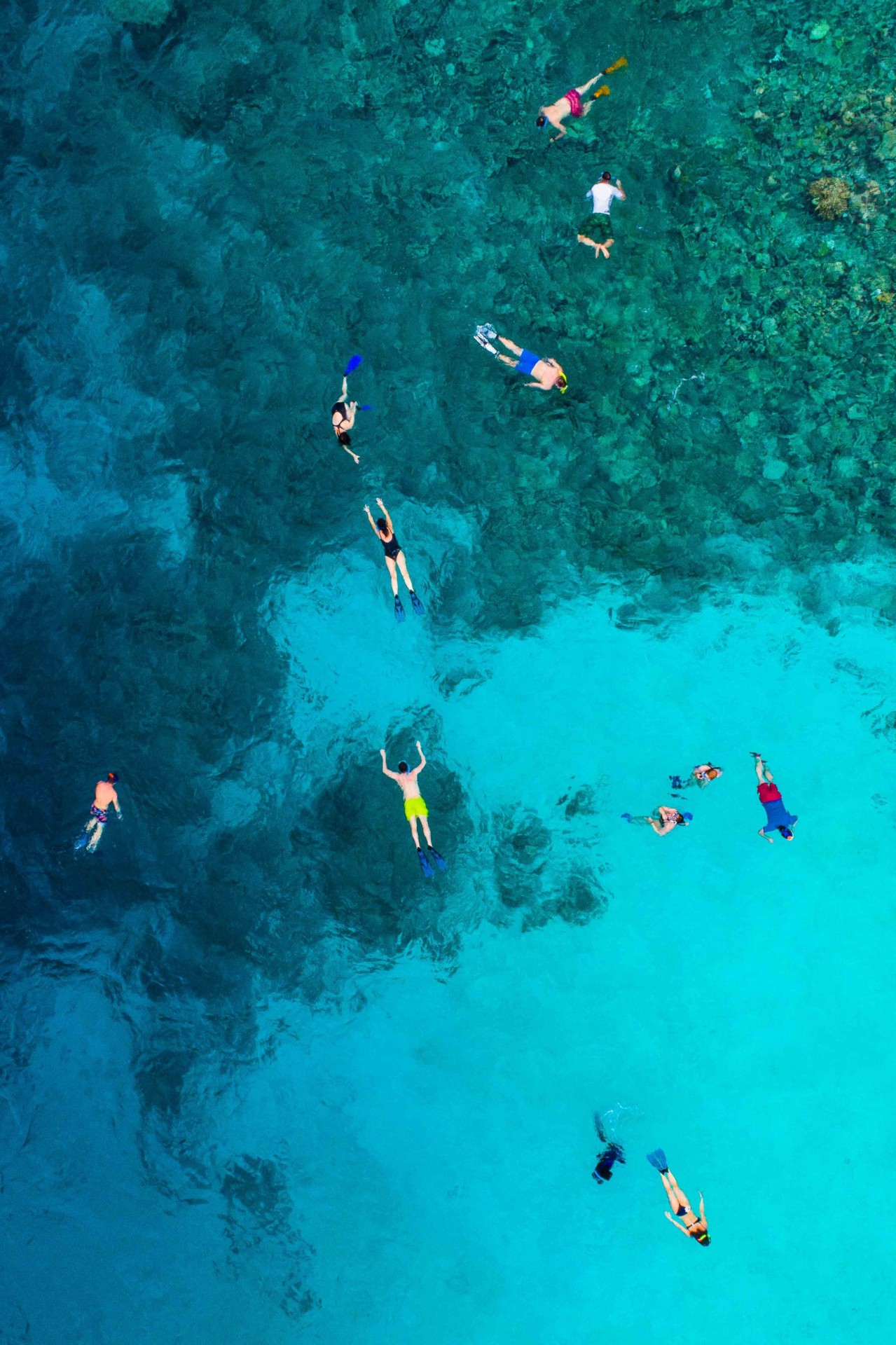
What Colors to Avoid When Snorkeling? (& Which You Should Wear)
-
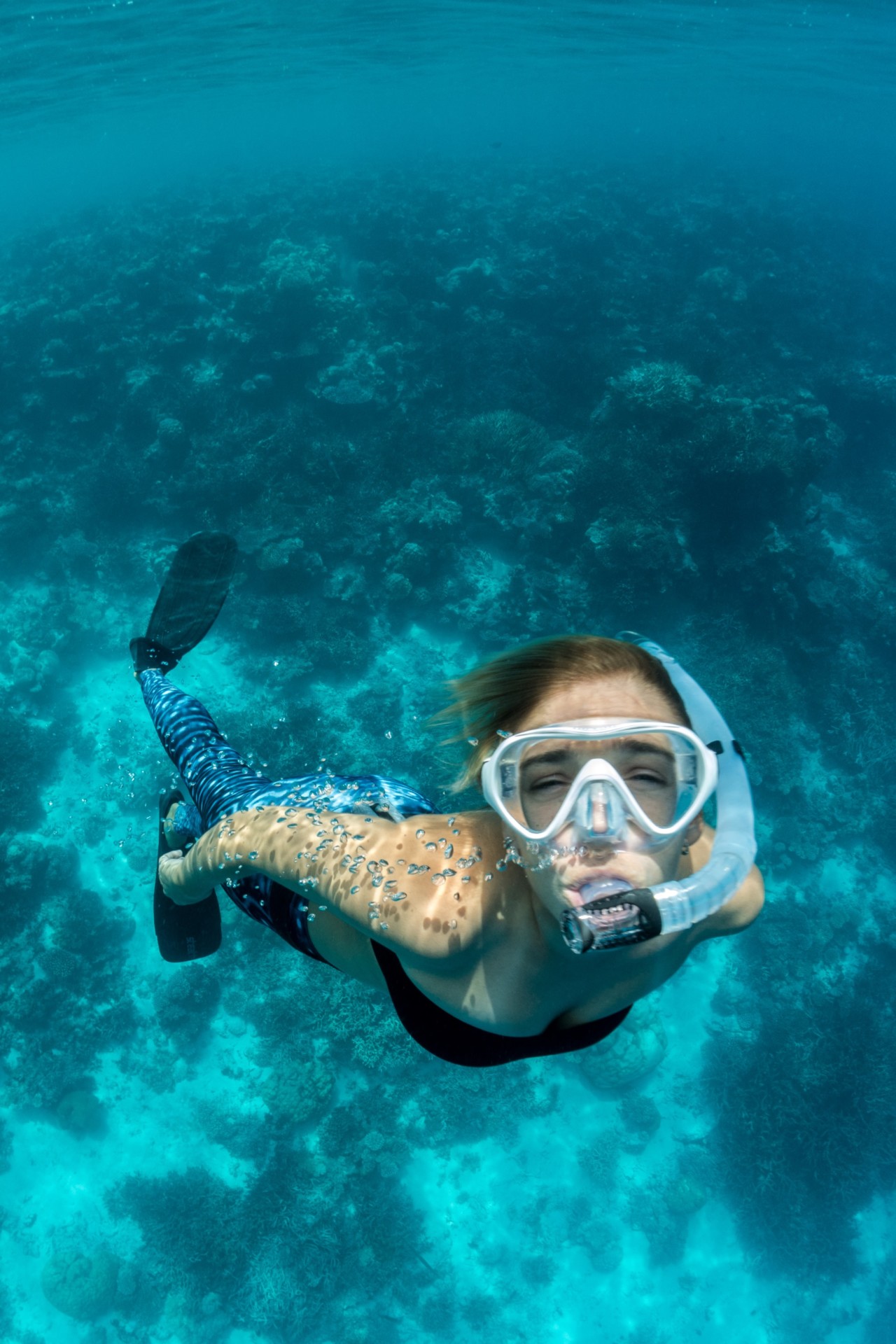
Is It Safe to Fly After Snorkeling? What You Should Know (+4 Tips)
-
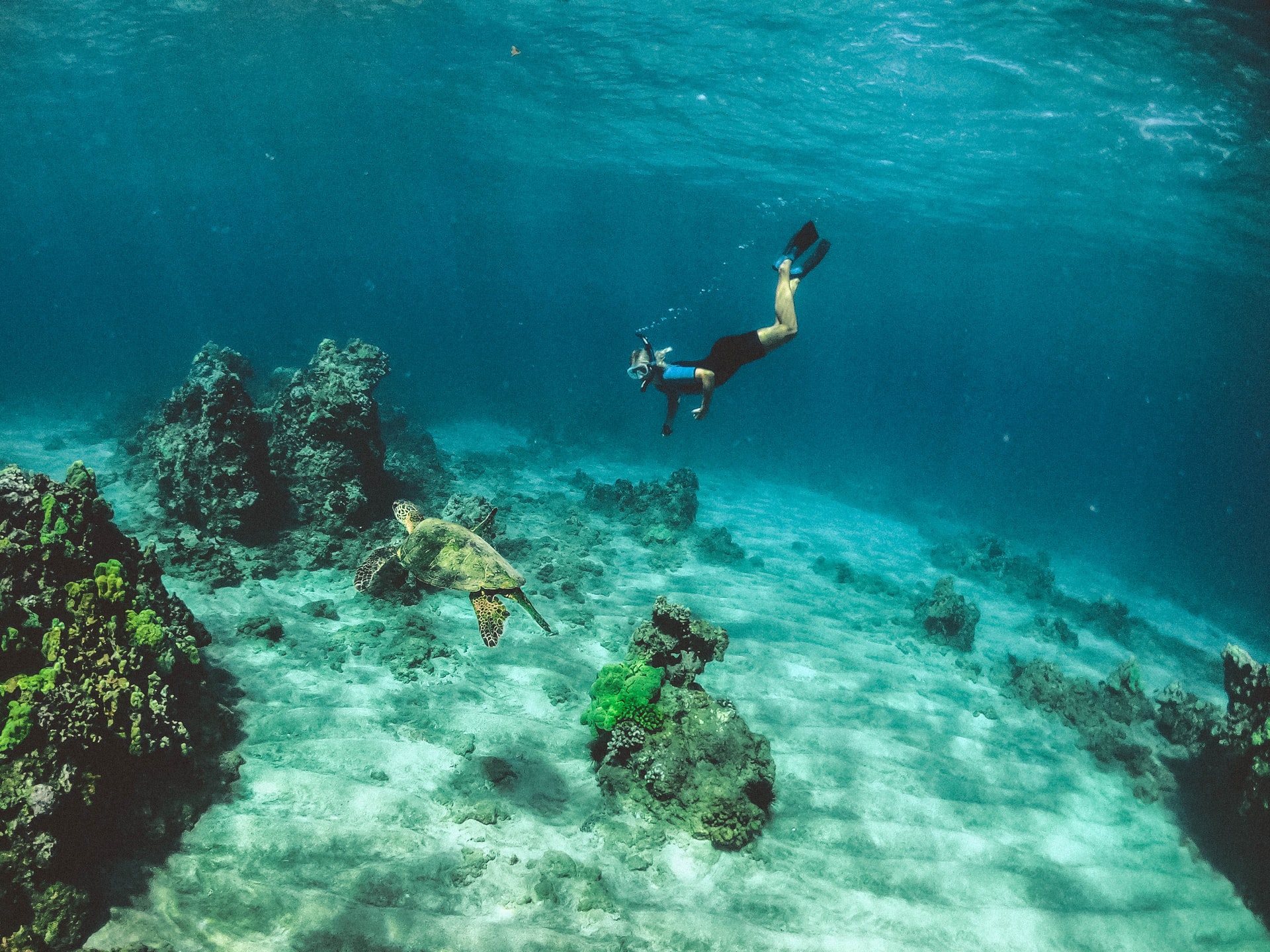
Can’t Hear After Snorkeling? 3 Possible Causes (& Solutions)
-
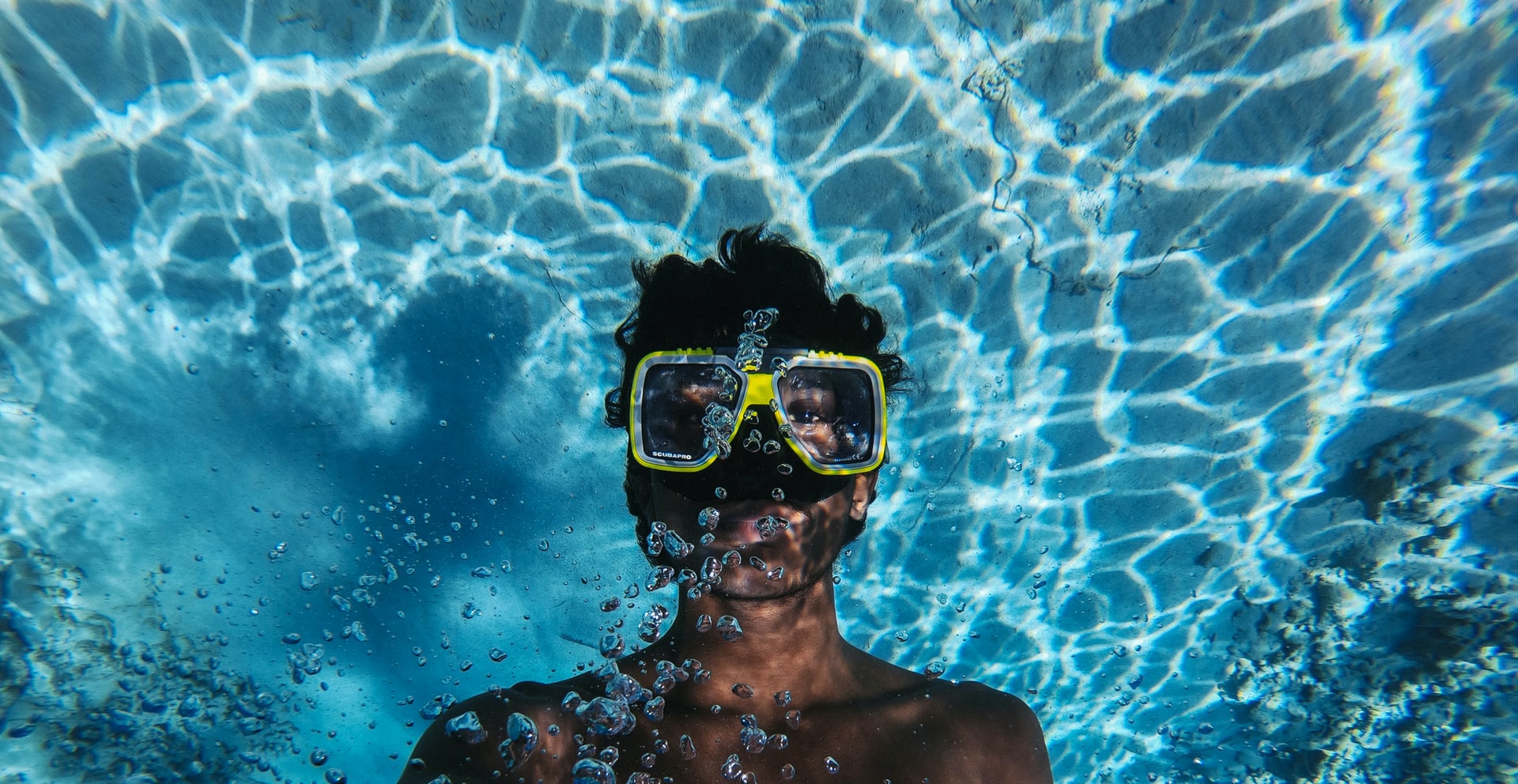
Can Snorkeling Cause a Sinus Infection? (+9 Tips to Avoid It)
-
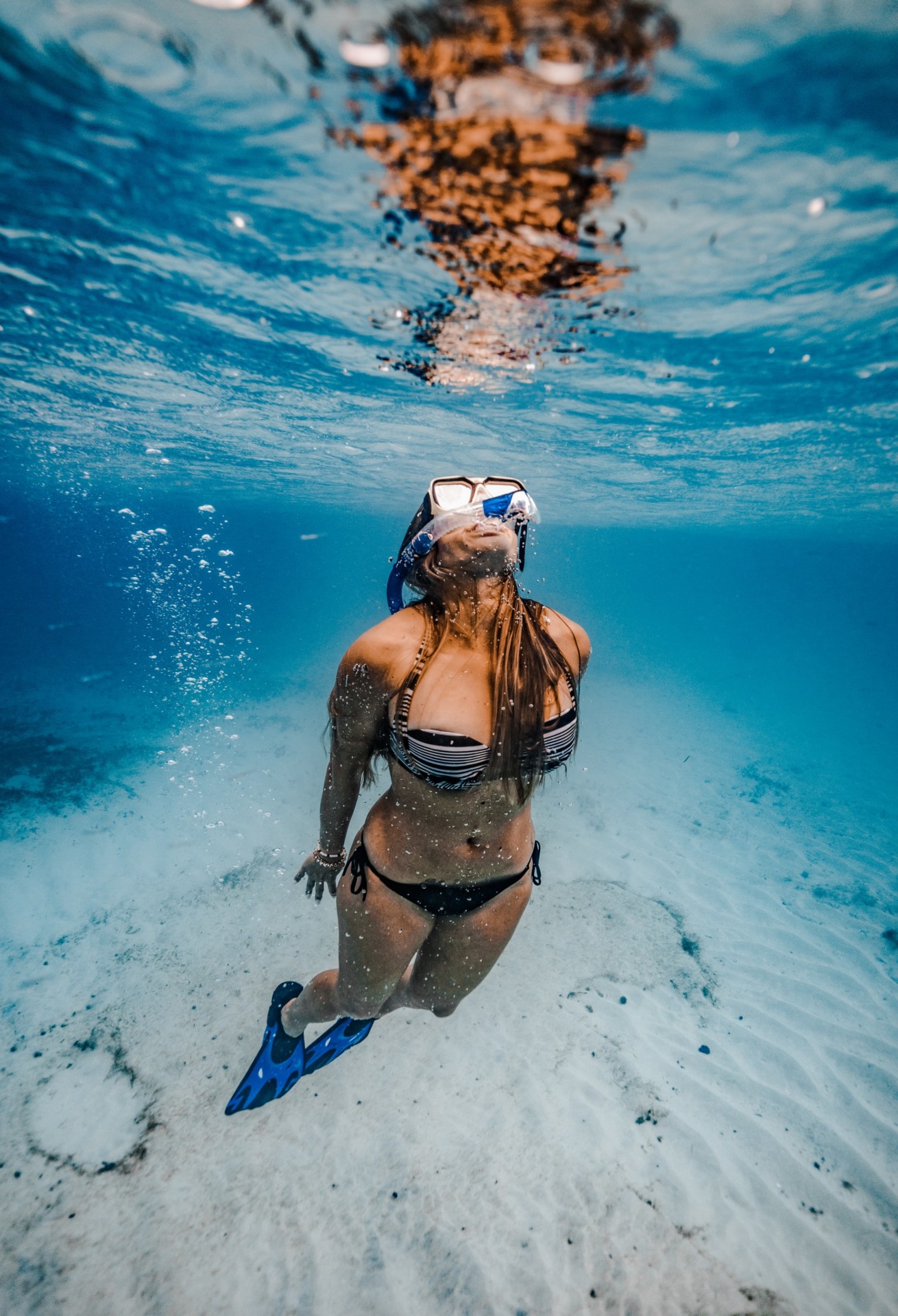
Can Snorkeling Cause a Sore Throat? 8 Common Causes (+Tips)
-
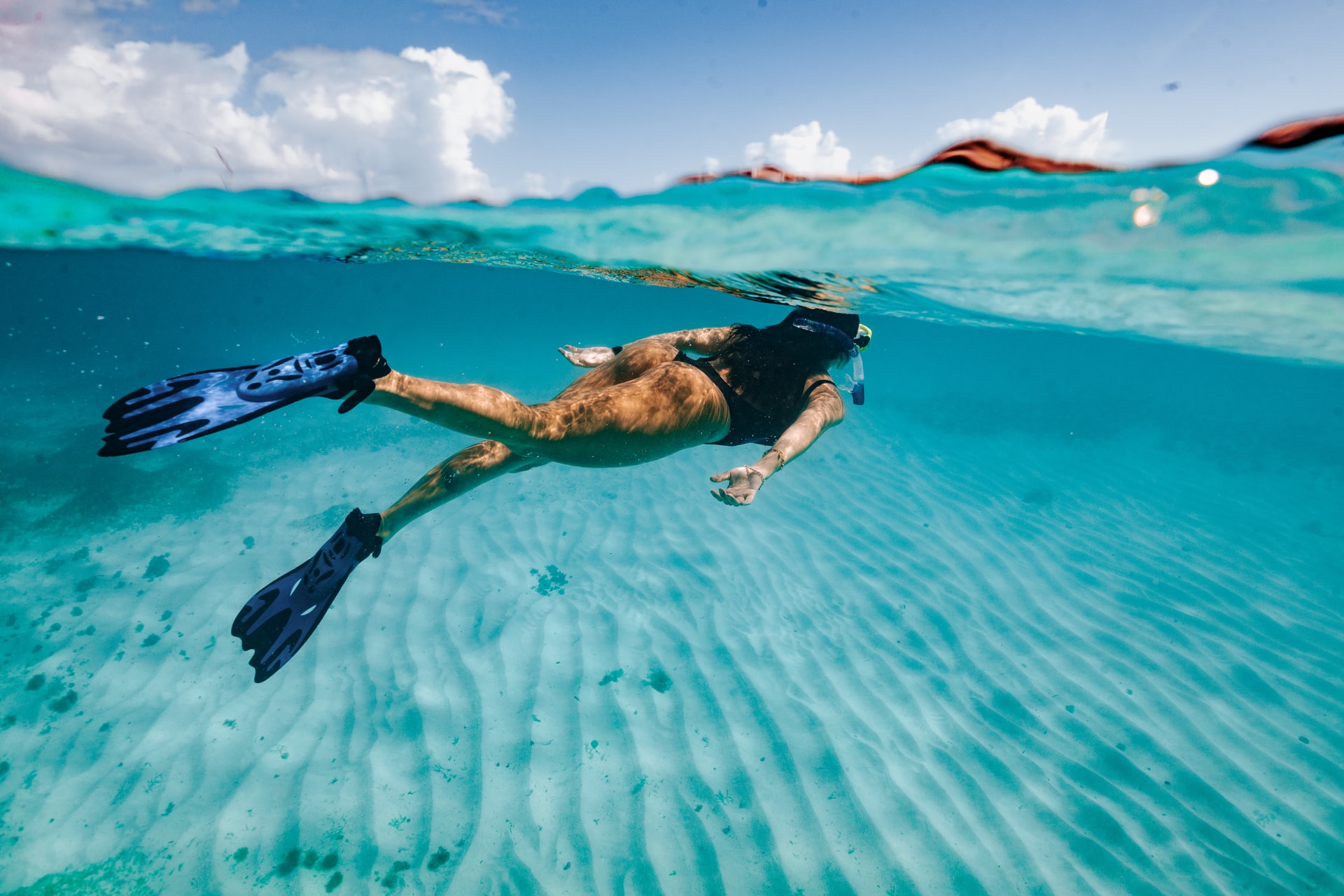
Can Snorkeling Cause Vertigo? (+8 Tips to Avoid It)
-
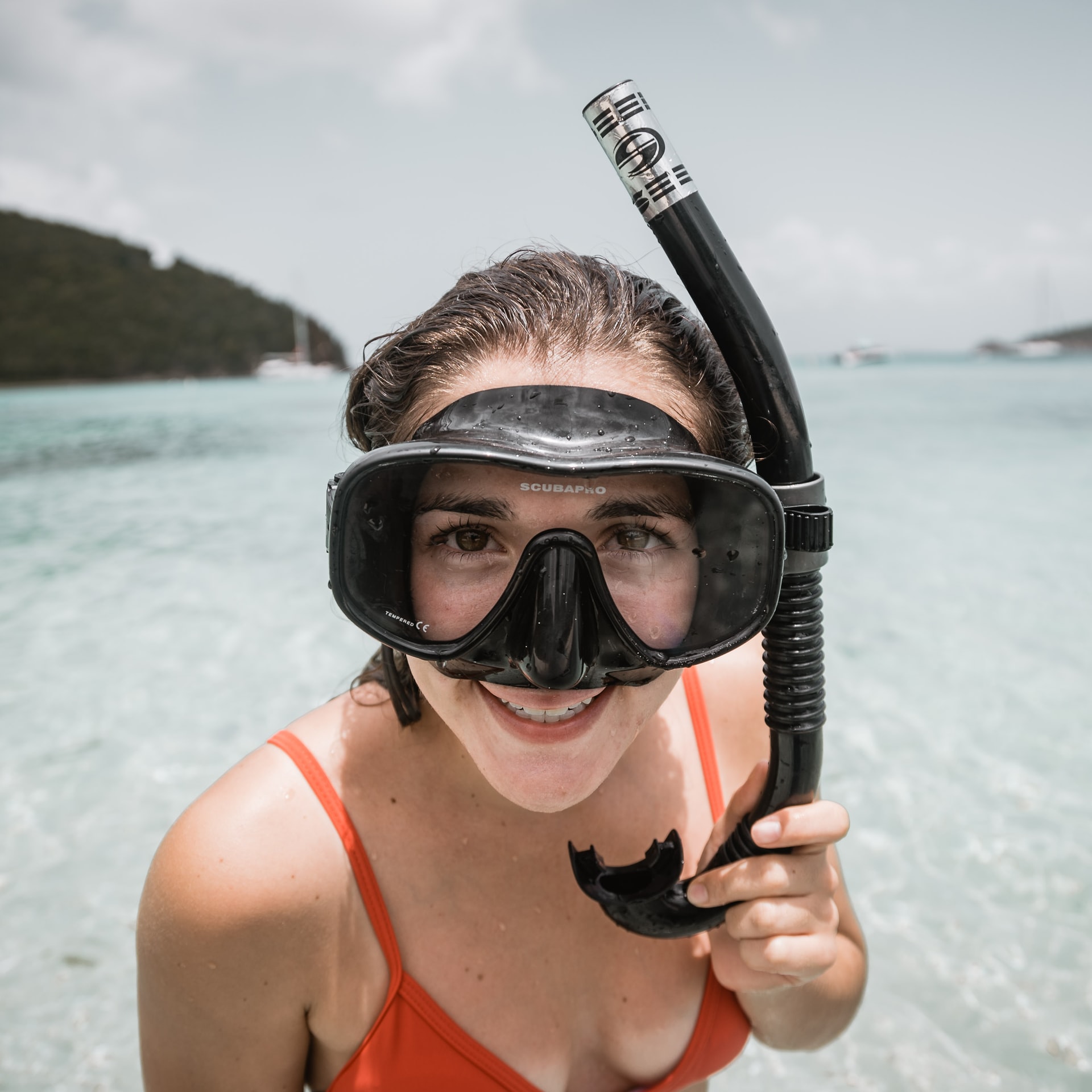
How Do Snorkel Masks Work? (+Regular Vs. Full-Face Masks)
-
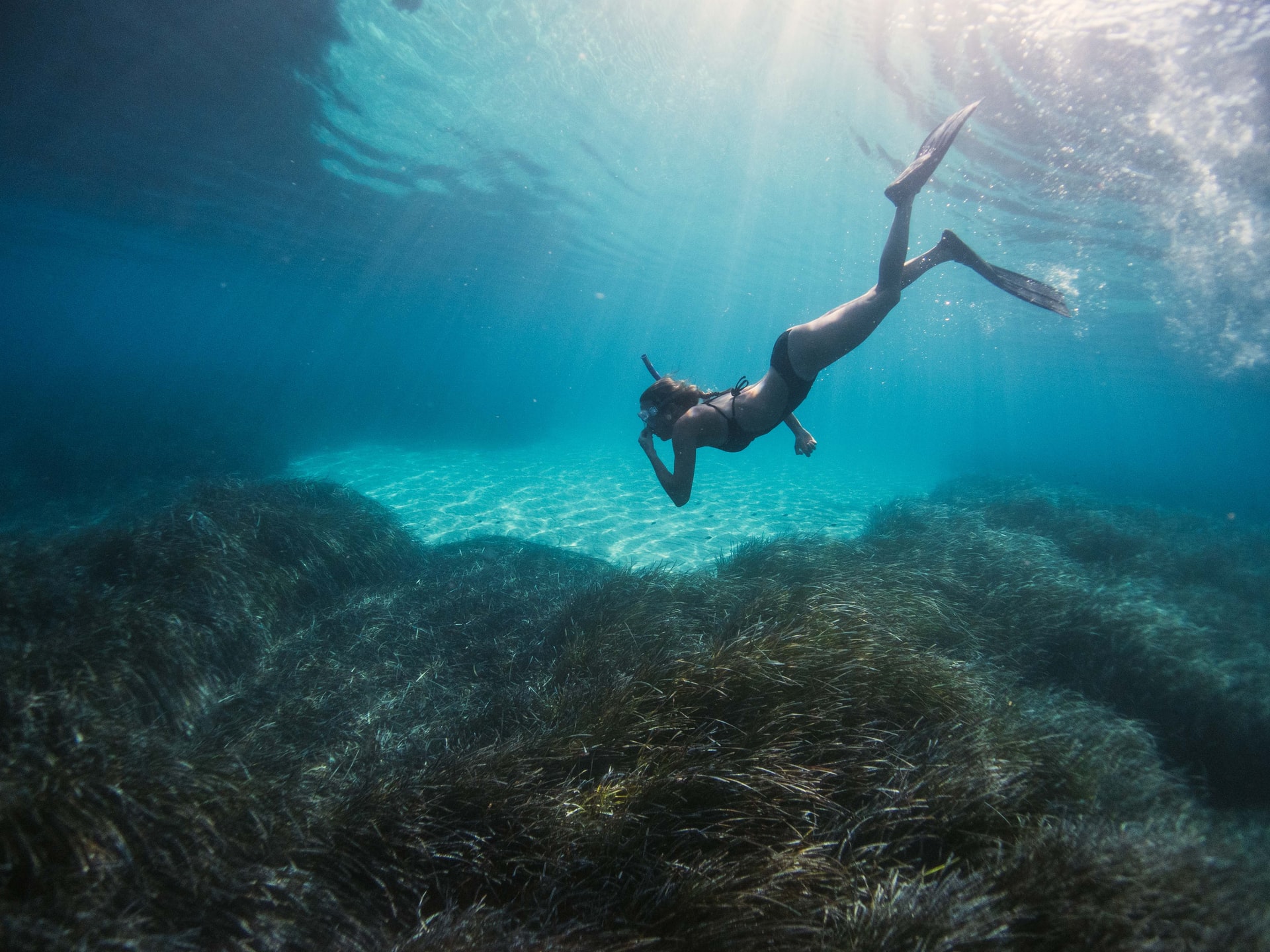
Why Does Snorkeling Make Me Nauseous? (11 Causes & Remedies)
-
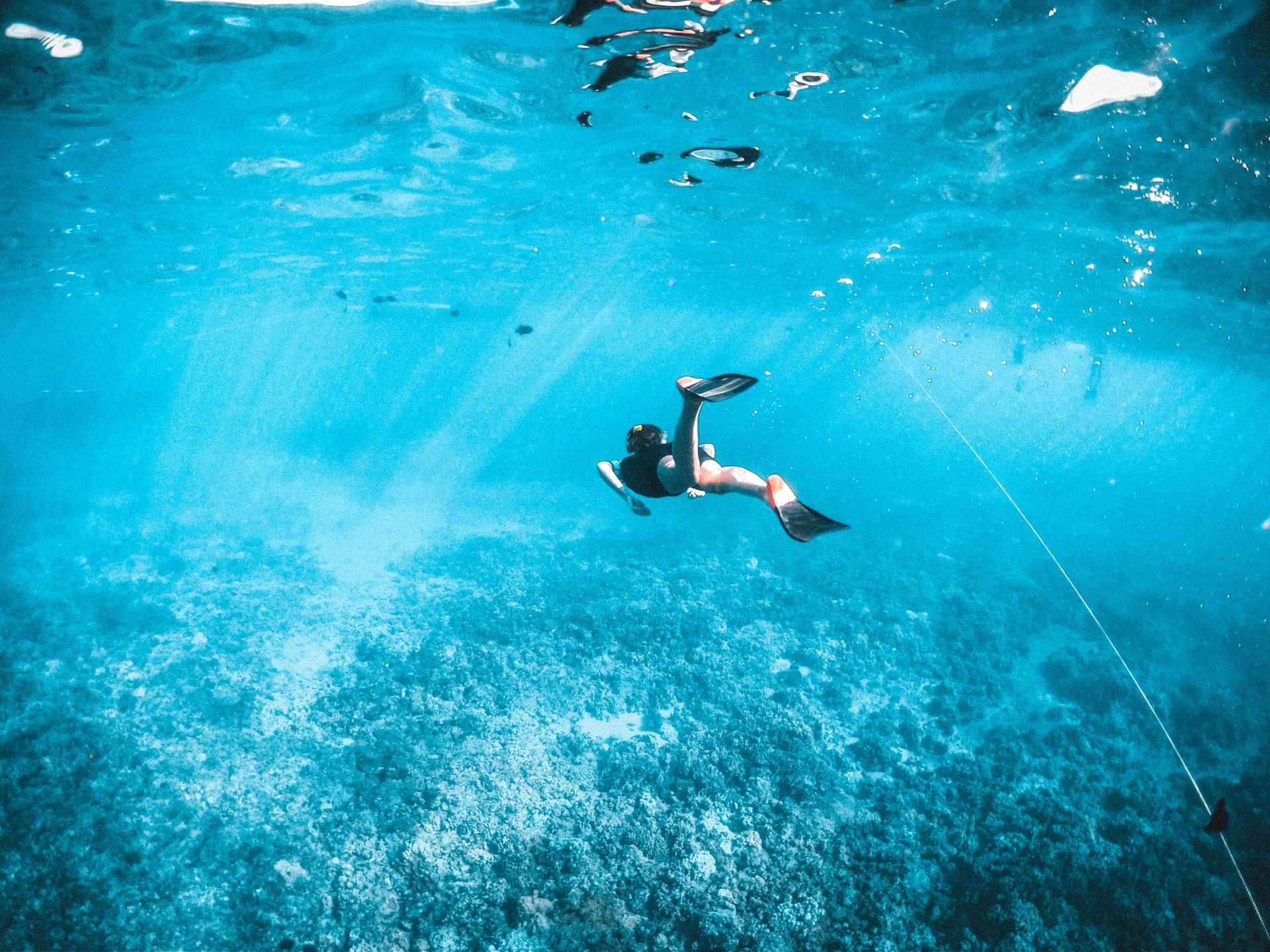
What Does Snorkeling Feel Like? FAQs Answered (for Beginners)
-
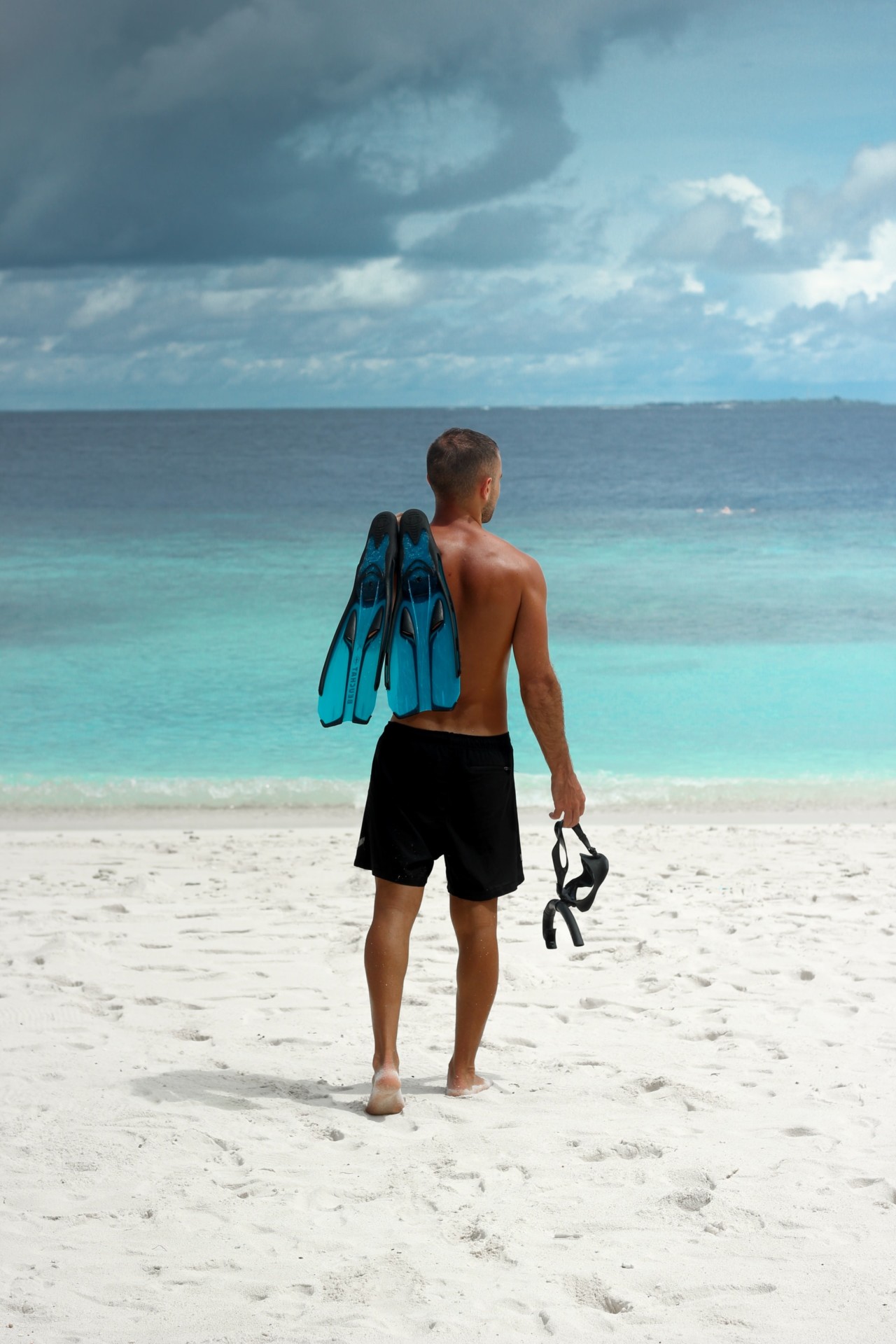
Does Rain Affect Snorkeling Visibility? 4 Ways It Does (+Helpful Tips)

